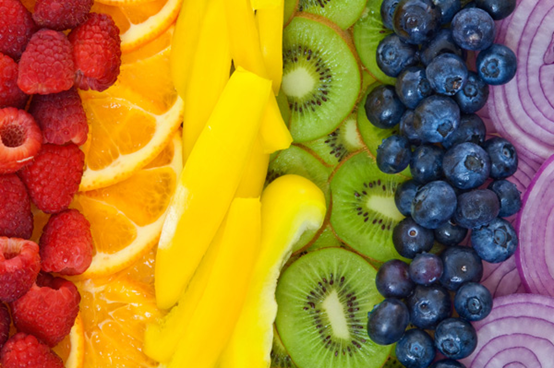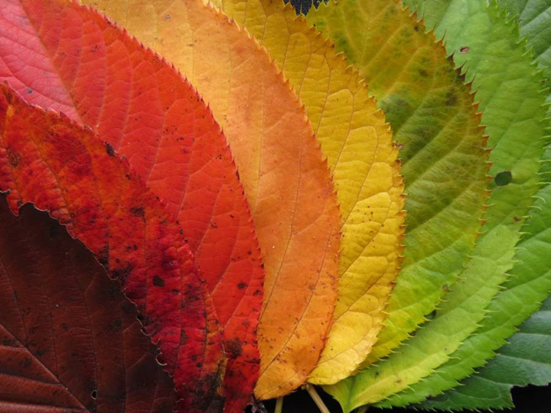
Exhibition time: 17-19 March, 2026 Shanghai, China
 中文
中文

Exhibition time: 17-19 March, 2026 Shanghai, China
 中文
中文

The rich, enticing colors that add eye appeal to fresh fruits, vegetables, leaves and flowers can change when heated or exposed to acid. Autumn leaves go from green to bright, glowing hues. French hydrangeas (Hydrangea macrophylla), hardy in U.S. Department of Agriculture plant hardiness zones 6 through 9, have pink flowers when planted in alkaline soil and blue flowers when in acidic soil. Four kinds of plant pigments behave differently when exposed to heat or acidity, producing color changes.

Chlorophyll pigments give plants their green color, and several changes happen when a green vegetable goes into boiling water. First, a brighter green color develops, caused by the expansion of gases and their escape from spaces between plant cells. The collapse of these rather cloudy pockets of gas reveals the bright-green chloroplasts within the cells. A second color change occurs in response to acidic water: The magnesium ion in the center of the chlorophyll molecule is replaced with a hydrogen atom, causing the green to dull. Chlorophyll-a becomes gray-green pheophytin-a, and chlorophyll-b turns into yellowish pheophytin-b. If the boiling water is slightly alkaline, then chlorophyll stays greener. Fried vegetables change to a duller green color when temperatures reach 140 degrees Fahrenheit. The heat damages chloroplasts, releasing natural cell acids to turn green into olive-green.
Reds, blues and purples occur because of a concentration of different kinds of anthocyanins, water-soluble pigments held in plant cell sap. Heating doesn't change them, but they are red in acidic conditions and blue or purple in alkaline conditions. The color of fall leaves happens when the leaf chlorophyll dies. Intense reds and purples of anthocyanins, which are made up of anthocyanidins plus glucose molecules, form best in response to warm, sunny fall days with cool night temperatures that don't fall below freezing. Those conditions lead to abundant sugar formation and better anthocyanin production. Leaves turn red when cell sap is acidic and purplish or blue when cell sap is alkaline. Vegetables and fruits with anthocyanins can change color completely in response to acidity or alkalinity. Under alkaline conditions, sometimes red cabbage leaves turn blue-purple when cooked, blueberry fruits become green in pancakes and garlic cloves turn green or blue when pickled.
Carotenoids are more soluble in fat than in water, and so their colors don't fade much in response to heat. Some change occurs, however, with carrot taproots going from red-orange to more yellow when cooked. When colorful apricot and bright-red tomato fruits are sun-dried, they lose much of their brightness unless they are treated with the antioxidant sulfur dioxide. Carotenoids also have less-intense color under acidic conditions.
White or colorless to begin with, anthoxanthins are water-soluble. They become white when in acidic environments and yellow when alkaline conditions prevail. They turn dark in excessive heat. If plant tissues with anthoxanthins are cooked in aluminum, tin or iron containers, their pigments can react with that metal's ions and form colors such as gray, blue, red, green and brown.
Source from Home Guides, By Carolyn Csanyi
